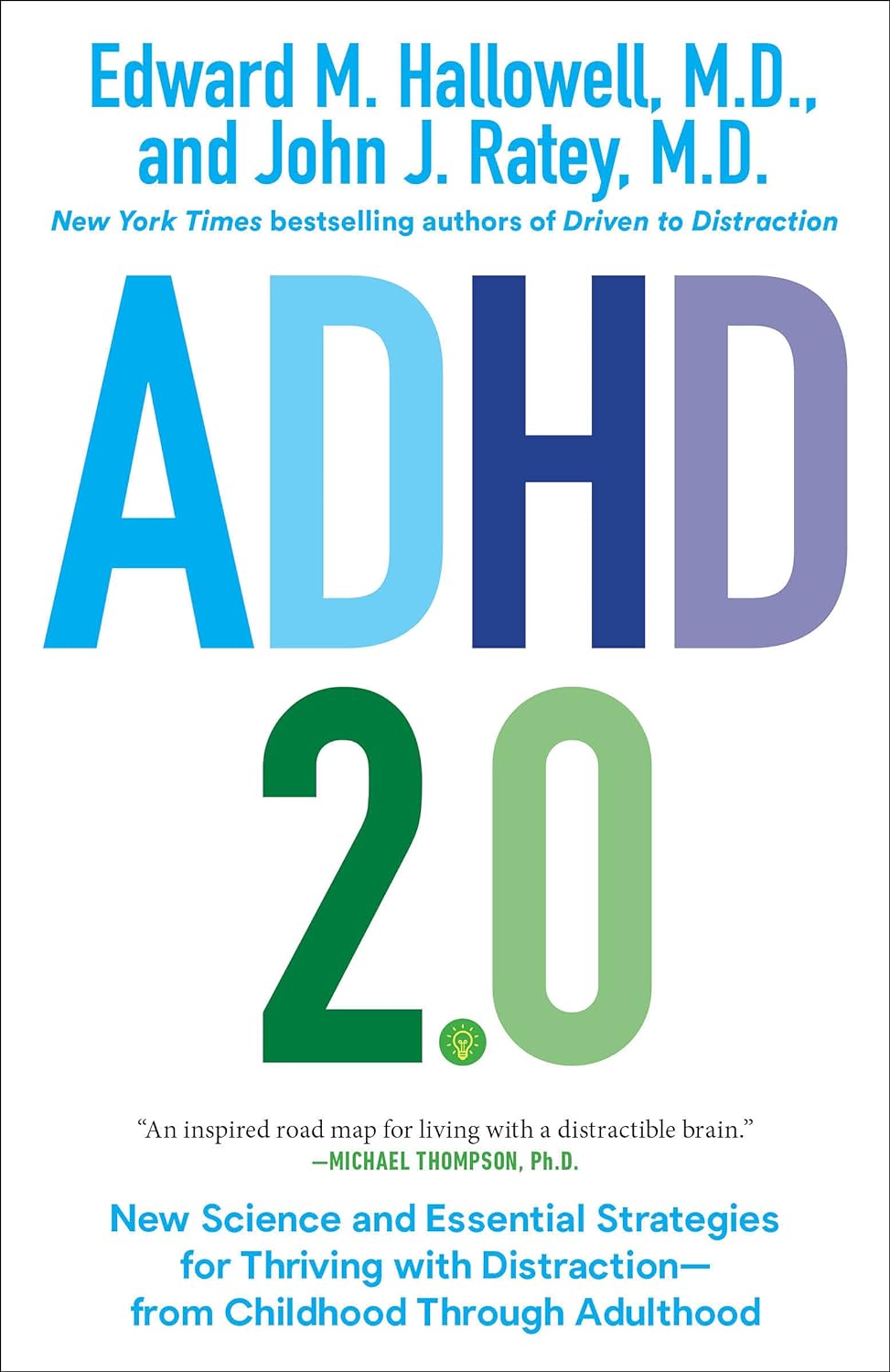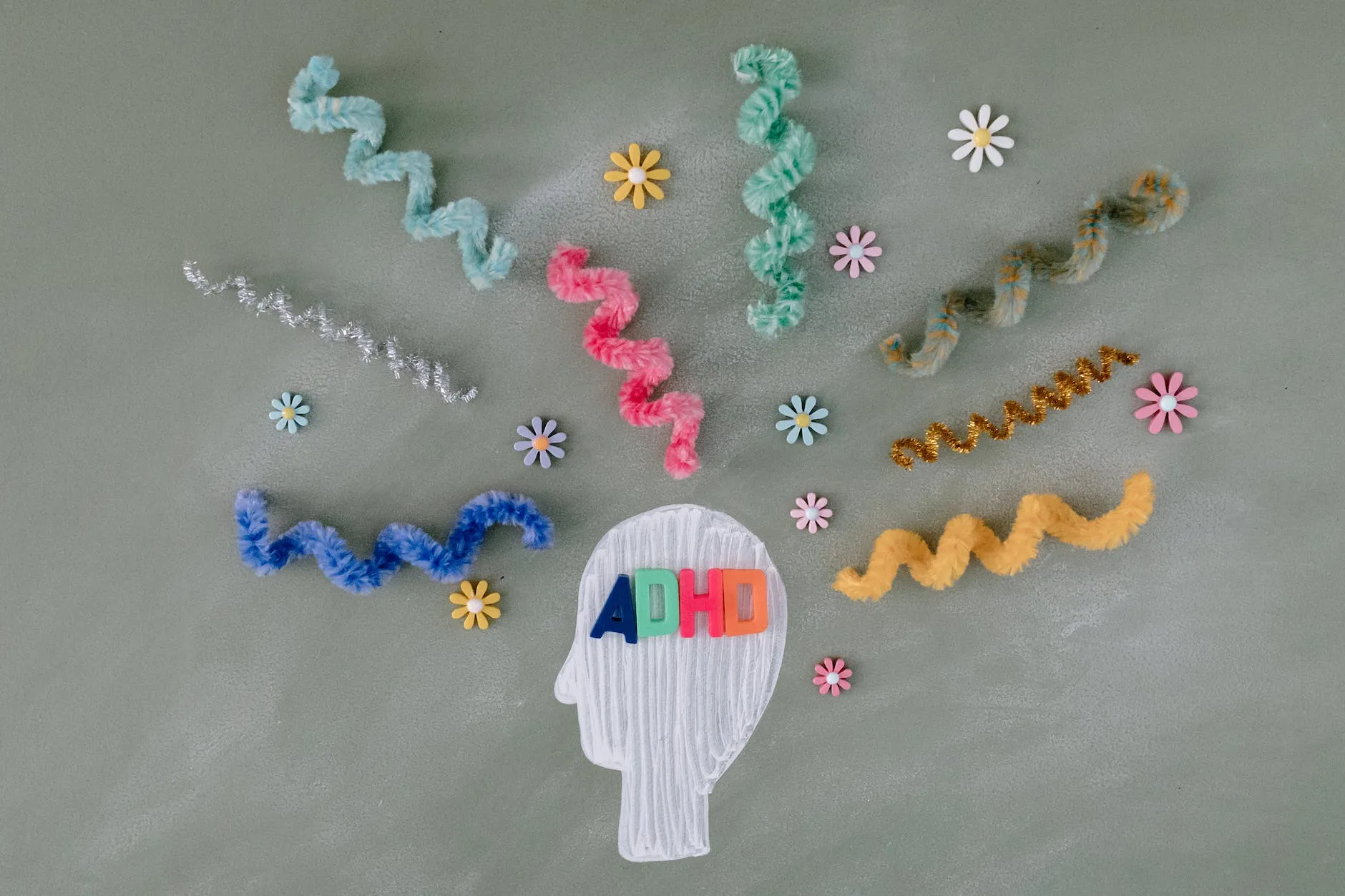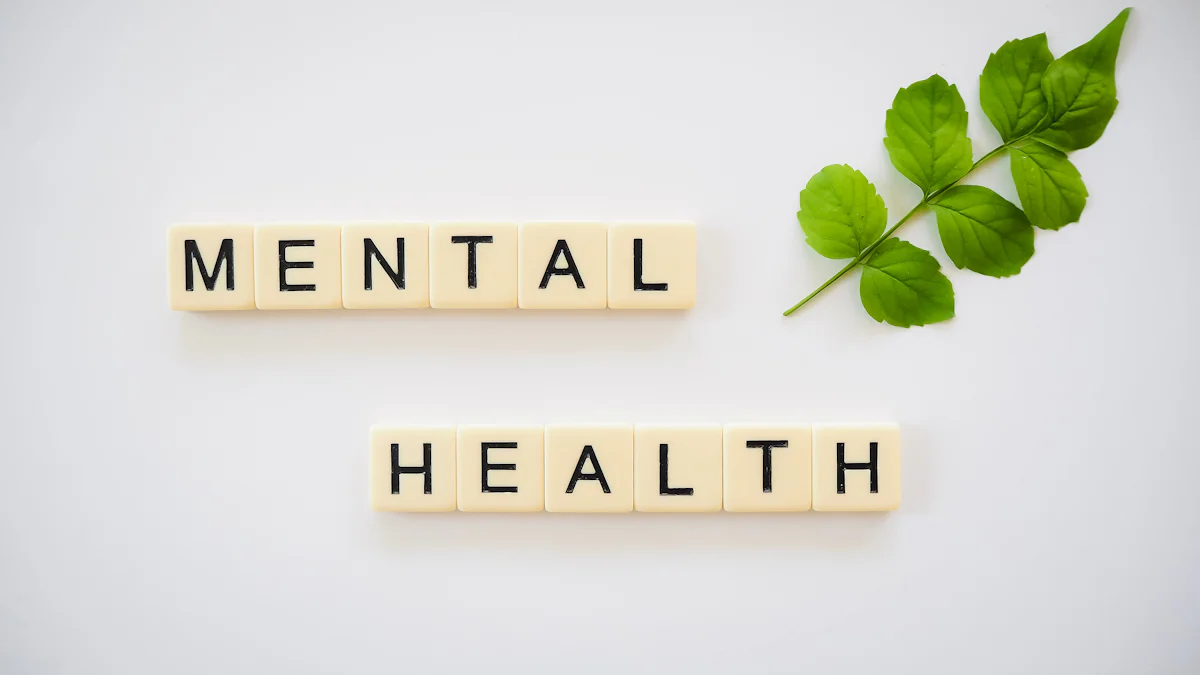Understanding ADHD: A Comprehensive Guide
ADHD, or Attention-Deficit/Hyperactivity Disorder, is one of the most common neurodevelopmental disorders of childhood, affecting millions of children. It is a chronic condition that often continues into adulthood, causing difficulties in various aspects of life. Diagnosing ADHD involves a comprehensive process, and there is no single test for diagnosis.
ADHD can significantly impact a child’s ability to pay attention, control impulsive behaviors, and regulate their activity level. These symptoms can persist into adulthood and cause difficulties in academic performance, relationships, and overall functioning. It is important to understand that ADHD is not simply a result of laziness or lack of discipline; it is a neurobiological disorder that requires appropriate treatment and support.
Diagnosing ADHD involves a series of steps and consultations with healthcare professionals. There is no single test for ADHD diagnosis, and other conditions with similar symptoms must be ruled out. Healthcare professionals rely on comprehensive evaluations that consider the child’s medical history, behavior patterns, and input from parents, teachers, and other caregivers.
Early diagnosis and intervention are crucial for better outcomes in managing ADHD. With proper treatment and support, individuals with ADHD can lead fulfilling lives. In the following sections, we will explore the symptoms of ADHD, its causes, effective treatment options, and strategies for managing this condition.
Recognizing ADHD Symptoms
ADHD is a complex disorder that manifests in various ways, making it important to recognize the common symptoms associated with this condition. Diagnosing ADHD involves a series of steps and consultations with healthcare professionals. It is crucial to note that there is no single test for ADHD diagnosis, and other conditions with similar symptoms must be ruled out.
The process of diagnosing ADHD typically begins with a comprehensive evaluation that considers the individual’s medical history, behavior patterns, and input from parents, teachers, and other caregivers. This evaluation helps healthcare professionals determine if the symptoms align with the criteria outlined in the Diagnostic and Statistical Manual of Mental Disorders (DSM-5).
Children with ADHD may exhibit difficulty paying attention, controlling impulsive behaviors, and being overly active. These symptoms can vary depending on the subtype of ADHD. The three subtypes include predominantly inattentive, predominantly hyperactive/impulsive, and combined. Individuals with predominantly inattentive ADHD may struggle to stay focused, follow instructions, or complete tasks. On the other hand, those with predominantly hyperactive/impulsive ADHD may have trouble sitting still, waiting their turn, or engaging in activities quietly. The combined subtype involves a combination of both inattentive and hyperactive/impulsive symptoms.
It is important to recognize that these symptoms can persist into adulthood and cause difficulties in various areas of life. Adults with ADHD may experience challenges in maintaining relationships, managing time effectively, staying organized, or meeting deadlines.
While these symptoms are indicative of ADHD, it is essential to consult healthcare professionals for an accurate diagnosis. They will consider various factors that may contribute to the development of ADHD, such as genetics, environmental influences, or problems with the central nervous system at key moments in development.
By understanding and recognizing the common symptoms associated with ADHD, individuals can seek appropriate support and treatment options tailored to their specific needs.
- Diagnosing ADHD involves a comprehensive evaluation considering medical history, behavior patterns, and input from parents, teachers, and caregivers.
- Symptoms of ADHD include difficulty paying attention, controlling impulsive behaviors, and being overly active.
- There are three subtypes of ADHD: predominantly inattentive, predominantly hyperactive/impulsive, and combined.
- ADHD symptoms can persist into adulthood and impact relationships, time management, organization, and meeting deadlines.
- Accurate diagnosis requires consultation with healthcare professionals who consider various factors such as genetics, environmental influences, and problems with the central nervous system during development.
Key Details:
- ADHD is a complex disorder with no single test for diagnosis.
- Symptoms must align with criteria outlined in the DSM-5.
- Understanding and recognizing symptoms is important for seeking appropriate support and treatment options tailored to individual needs.
Understanding the Causes of ADHD
The exact cause of ADHD is still unknown, but research suggests that it is likely a combination of genetic, environmental, and neurological factors. While the specific causes may vary from person to person, understanding these contributing factors can provide valuable insights into the development of ADHD.
Various factors contribute to the development of ADHD. Genetic predisposition plays a significant role, as individuals with blood relatives who have ADHD or other mental health disorders are at a higher risk. Additionally, exposure to environmental toxins, maternal drug use, alcohol use or smoking during pregnancy, and premature birth can also increase the likelihood of developing ADHD.
It is important to note that certain conditions such as learning disabilities, sleep disorders, anxiety, and depression can have symptoms similar to those of ADHD. Therefore, it is crucial for healthcare professionals to conduct thorough evaluations to differentiate between these conditions and accurately diagnose ADHD.
In addition to genetic and environmental factors, neurobiological differences in brain structure and function are associated with ADHD. Research has shown that individuals with ADHD may have differences in certain areas of the brain responsible for attention regulation and impulse control. These neurobiological variances contribute to the characteristic symptoms observed in individuals with ADHD.
Understanding the complex interplay between genetics, environment, and neurobiology provides valuable insights into the causes of ADHD. However, it is essential to remember that each individual’s experience with ADHD may be unique. By considering these factors when diagnosing and treating ADHD, healthcare professionals can develop personalized approaches that address an individual’s specific needs.
ADHD 2.0

New Science and Essential Strategies for Thriving with Distraction–From Childhood Through Adulthood.
- • Find the right kind of difficult. Use these behavior assessments to discover the work, activity, or creative outlet best suited to an individual’s unique strengths.
• Reimagine environment. What specific elements to look for—at home, at school, or in the workplace—to enhance the creativity and entrepreneurial spirit inherent in the ADHD mind.
• Embrace innate neurological tendencies. Take advantage of new findings about the brain’s default mode network and cerebellum, which confer major benefits for people with ADHD.
• Tap into the healing power of connection. Tips for establishing and maintaining positive connection “the other Vitamind C” and the best antidote to the negativity that plagues so many people with ADHD.
• Consider medication. Gets the facts about the underlying chemistry, side effects, and proven benefits of all the pharmaceutical options.
Effective ADHD Treatment Options
When it comes to effectively treating ADHD, it has been discovered that a multimodal approach that combines various strategies is the most successful method. The available treatment options for ADHD can differ based on factors such as the individual’s age and the severity of their symptoms. It is important to consider these variables in order to determine the most appropriate treatment plan for each person.
Behavior Therapy for Young Children
For children under 6 years of age, behavior therapy is often recommended as the first line of treatment. This type of therapy focuses on teaching children and their parents strategies to manage ADHD symptoms and improve behavior. It may involve techniques such as positive reinforcement, setting clear expectations, and implementing consistent routines. Parent training is an essential component of behavior therapy, as it equips parents with the necessary skills to support their child’s development and manage challenging behaviors effectively.
Medication and Behavior Therapy for Older Children and Adults
For older children (6 years and older) and adults with ADHD, a combination of medication and behavior therapy is often recommended for optimal results. Medication can help manage ADHD symptoms by improving attention span, reducing impulsivity, and controlling disruptive behaviors. Commonly, prescribed medications include stimulants like methylphenidate or amphetamines. However, each individual’s response to medication may vary, so finding the right medication and dosage may require some trial and error under the guidance of a healthcare professional.
Behavior therapy continues to play an important role with medication for older children and adults. It provides additional support in developing coping mechanisms, improving organizational skills, managing time effectively, and addressing any emotional or social challenges associated with ADHD. By combining medication with behavior therapy, individuals can gain better control over their symptoms while also acquiring valuable skills to navigate various aspects of life.
It is essential to note that treatment plans should be tailored to each individual’s specific needs. Regular follow-ups with healthcare professionals are essential to monitor progress, adjust treatment approaches if required, and provide ongoing support.
Managing ADHD for Better Outcomes
Managing ADHD requires a comprehensive approach that involves not only the individual with ADHD but also their parents and healthcare professionals. By implementing effective strategies and providing necessary support, individuals with ADHD can improve their overall functioning and quality of life.
Parent Education and Support
Parent education and support play a crucial role in managing ADHD. Parents of children with ADHD often face unique challenges in understanding and addressing their child’s needs. By educating parents about the nature of ADHD, its symptoms, and available treatment options, they can better advocate for their child’s well-being. Understanding the strategies to manage behavior, establish routines, and provide consistent support at home can significantly impact a child’s progress.
The National Resource Center on ADHD is an excellent resource for parents seeking information, guidance, and support. It offers a wealth of resources, including educational materials, webinars, support groups, and access to experts who can address specific concerns. Through these resources, parents can gain valuable insights into managing their child’s ADHD effectively.
Multimodal Approach to Treatment
ADHD treatment often involves a multimodal approach that combines medication and therapy. This comprehensive approach recognizes that each individual with ADHD is unique and may require different interventions to manage their symptoms effectively. Medication helps regulate brain chemistry and improve attention span while reducing impulsivity. However, medication alone is not enough.
Therapy plays a vital role in helping individuals develop coping mechanisms, organizational skills, time management techniques, social skills, and emotional regulation strategies. Cognitive-behavioral therapy (CBT) has been found to be particularly beneficial for individuals with ADHD as it focuses on identifying negative thought patterns or behaviors and replacing them with more positive ones.
By combining medication with therapy tailored to the individual’s specific needs, individuals with ADHD can learn how to manage their symptoms more effectively. This multimodal approach addresses various aspects of life affected by ADHD symptoms such as academic performance, relationships, self-esteem, and overall well-being.
It is important for individuals with ADHD to work closely with healthcare professionals who specialize in treating this condition. Regular follow-up appointments allow for ongoing evaluation of treatment effectiveness and adjustments if needed.
Living Well with ADHD
ADHD is a chronic condition that cannot be prevented or cured, but with the right treatment and education, individuals with ADHD can effectively manage their symptoms and lead fulfilling lives. Early diagnosis and intervention are crucial for better outcomes in managing ADHD.
Managing ADHD requires a comprehensive approach that includes medication, therapy, and support from parents and healthcare professionals. Medication helps alleviate symptoms by improving focus, reducing impulsivity, and enhancing self-control. Therapy, such as behavioral interventions or cognitive-behavioral therapy (CBT), equips individuals with valuable skills to manage challenges associated with ADHD.
It is important to note that while ADHD itself does not cause other psychological or developmental problems, children with ADHD may be more likely to have coexisting conditions such as learning disabilities, mood disorders, anxiety disorders, or autism spectrum disorder. Identifying and addressing these conditions alongside ADHD can contribute to improved overall well-being.
By embracing a multimodal treatment approach tailored to individual needs and leveraging the support of parents and healthcare professionals, individuals with ADHD can learn effective strategies for managing their symptoms. With proper management and ongoing support, individuals with ADHD can thrive academically, socially, and emotionally.







